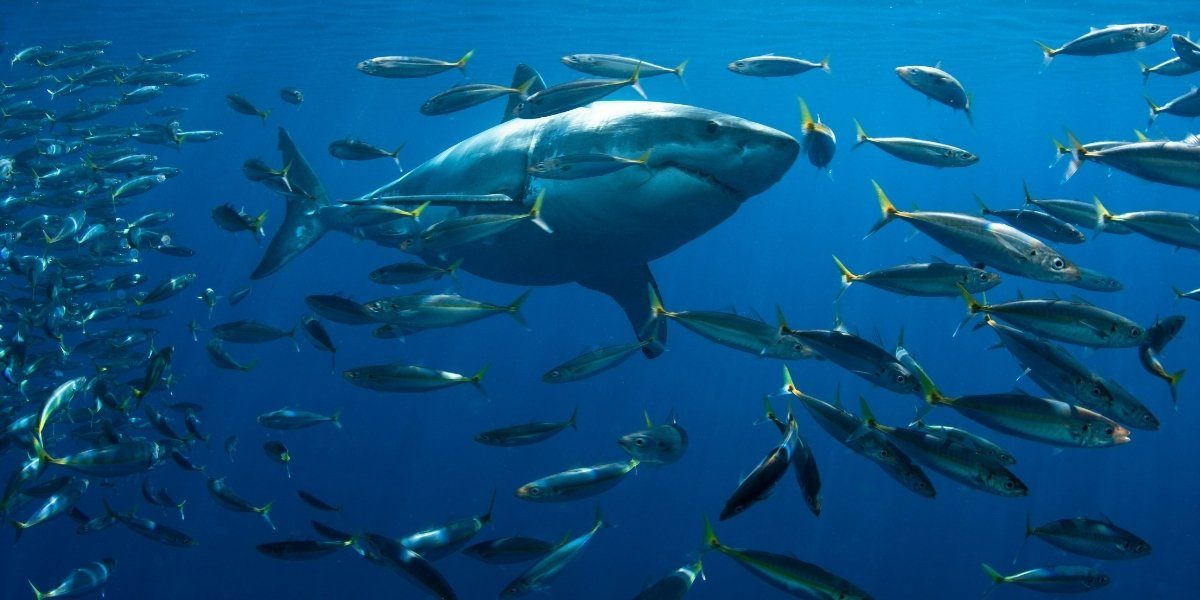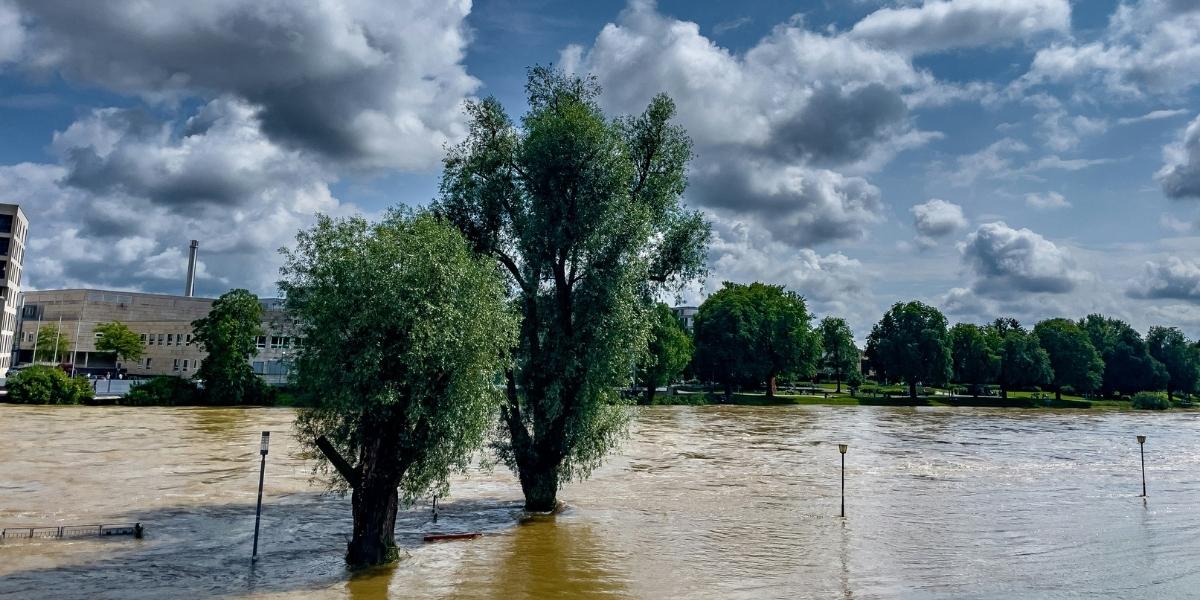Protecting Biodiversity: Why It Matters
In today’s rapidly changing world, the issue of protecting biodiversity has never been more urgent. From the jungles of the Amazon to the coral reefs in the Pacific, the diverse ecosystems of our planet are under threat. Biodiversity, or the variety of life on Earth, is essential for maintaining the balance of ecosystems, providing resources, and supporting human life. However, human activities continue to degrade natural habitats, endangering the very species that contribute to the richness of life.
Read Also: How Yogilates Enhances Mind and Body Fitness
What Is Biodiversity and Why Is It Important?
Biodiversity refers to the variety of life forms in a particular ecosystem, including animals, plants, fungi, and microorganisms. It encompasses the diversity of species, genetic variation within those species, and the variety of ecosystems in which they live. This variety forms the foundation for a stable, healthy environment, influencing everything from food production to climate regulation.
Each species in an ecosystem plays a role, from pollinating crops and controlling pests to cycling nutrients and forming food chains. Without biodiversity, ecosystems would struggle to function. When species are lost, these vital processes can be disrupted, leading to ecosystem instability. In short, protecting biodiversity is not only crucial for wildlife but also for humanity’s well-being.
How Human Activities Threaten Biodiversity
Human activity has become the primary driver of biodiversity loss. Urbanization, deforestation, pollution, climate change, and overexploitation of resources have led to significant declines in species populations. As more forests are cleared, wetlands drained, and oceans polluted, the habitats that many species depend on are disappearing.
One of the most pressing threats to biodiversity is climate change. As global temperatures rise, ecosystems are being altered in ways that species cannot adapt to quickly enough. Coral reefs, for example, are experiencing bleaching due to rising ocean temperatures, endangering the marine life that relies on them.
In addition, overhunting, poaching, and illegal wildlife trade continue to drive species towards extinction. The loss of a single species can have cascading effects on the entire ecosystem, affecting both plant and animal life.
The Benefits of Protecting Biodiversity
The protection of biodiversity is not just a matter of conserving nature for its own sake—it also brings numerous benefits to human societies. Ecosystems that are rich in biodiversity provide a wide range of services that are essential for our survival, including:
-
Pollination: Many of the foods we eat, such as fruits, vegetables, and nuts, rely on pollinators like bees, butterflies, and bats. Protecting these pollinators ensures that we continue to have access to a diverse food supply.
-
Climate Regulation: Diverse ecosystems such as forests, wetlands, and mangroves play a critical role in regulating the climate. Forests act as carbon sinks, absorbing carbon dioxide from the atmosphere and helping to mitigate climate change.
-
Medicine: A large percentage of medicines are derived from plants and animals. By preserving species, we are also protecting potential sources of new treatments and cures for diseases.
-
Cultural and Recreational Value: Biodiversity enhances the beauty and cultural significance of natural landscapes. It provides recreational opportunities such as hiking, wildlife watching, and ecotourism, which contribute to local economies.
What Are the Ways to Protect Biodiversity?
Protecting biodiversity requires a multi-faceted approach that includes both local and global efforts. Governments, businesses, and individuals all have a role to play in preserving the richness of life on Earth. Some key strategies include:
-
Creating Protected Areas: Establishing national parks, wildlife reserves, and marine protected areas ensures that critical habitats remain safe from development and exploitation.
-
Sustainable Agriculture and Fishing Practices: By adopting sustainable methods, such as reducing pesticide use and overfishing, humans can reduce the negative impact on ecosystems. Crop rotation, agroforestry, and responsible fishing are all ways to help conserve biodiversity.
-
Restoring Damaged Ecosystems: Restoration efforts, such as reforesting degraded lands or cleaning up polluted waters, help ecosystems recover and bring species back to their habitats.
-
Raising Awareness and Education: Public education on the importance of biodiversity and how individuals can make a difference is essential. Actions like reducing waste, supporting conservation organizations, and making eco-friendly choices in daily life can contribute to preserving biodiversity.
The Role of Governments and Global Cooperation
While local efforts are important, the protection of biodiversity also requires strong government policies and international cooperation. Global agreements such as the Convention on Biological Diversity (CBD) aim to protect ecosystems and ensure the sustainable use of natural resources.
Countries must enforce laws that protect endangered species, regulate pollution, and reduce habitat destruction. Financial incentives for conservation, such as funding for protected areas and restoration projects, also play a crucial role in protecting biodiversity.
Collaboration between nations is essential, as many ecosystems and species cross national borders. Working together to reduce deforestation, combat climate change, and halt illegal wildlife trade will be crucial in the fight to protect biodiversity on a global scale.
Read Also: Improve Your Posture: Tips for Standing Tall and Confident
A Shared Responsibility
The protection of biodiversity is not only vital for the health of our planet but for the well-being of all living organisms, including humans. As the impacts of climate change and human activities continue to threaten species and ecosystems, it is critical that we take immediate action to protect our natural world.
Governments, businesses, and individuals must collaborate to create a sustainable future where biodiversity thrives. By promoting conservation efforts, raising awareness, and making responsible choices, we can ensure that future generations inherit a planet rich in life and natural beauty.







